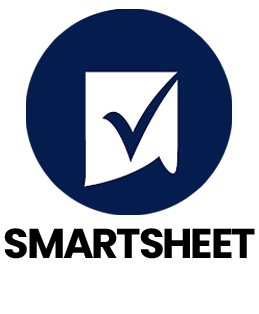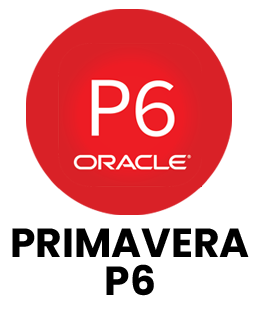1. What is the product lifecycle?
Ans:
The product lifecycle consists of four phases: Introduction, Growth, Maturity, and Decline. Products are developed and launched, gain market share during growth, peak at maturity, and eventually decline as alternatives emerge. Extension strategies may be used to prolong market relevance.
2. How is a Go-To-Market (GTM) strategy approached?
Ans:
A GTM strategy begins with market research to understand customer needs and gaps. The product’s value proposition is defined, pricing is set competitively, and promotion is planned across marketing and sales channels. Distribution strategies ensure the product reaches the target market effectively.
3. What challenges are commonly faced during product launches?
Ans:
Challenges include ensuring market readiness, aligning cross-functional teams, and managing limited resources. Careful planning, coordination, and clear communication help mitigate these risks.
4. How are features prioritized in a product roadmap?
Ans:
Feature prioritization considers customer impact, business value, and technical feasibility. Market trends also guide decisions to keep the product competitive and aligned with evolving needs.
5. How is product feedback handled?
Ans:
Feedback is gathered from customers, sales, and support teams, then analyzed to identify patterns and actionable improvements. Prioritized changes are integrated into development to enhance customer satisfaction.
6. What is the experience with Agile methodologies?
Ans:
Agile methodologies promote iterative development, close customer collaboration, and adaptability. They enable rapid delivery, continuous feedback, and the flexibility to respond effectively to changing requirements.
7. How is product success measured?
Ans:
Success is measured using metrics like adoption rates, customer satisfaction (CSAT, NPS), revenue growth, and market share expansion. These indicators reflect both customer value and business impact.
8. How are situations handled when a product doesn’t meet expectations?
Ans:
Root cause analysis is conducted to identify issues, followed by engaging stakeholders and customers for feedback. Adjustments to the product or strategy are made, with transparent communication to keep all parties aligned.
9. How is collaboration managed with cross-functional teams?
Ans:
Collaboration is driven by clear communication, regular updates, and shared tools for documentation and task management. Respecting each team’s expertise fosters stronger alignment and efficiency.
10. Why work as a Product Manager in this role?
Ans:
The role provides opportunities to influence multiple markets, contribute to innovative product development, and grow professionally. The culture of integrity and customer focus drives commitment to creating impactful products.





















